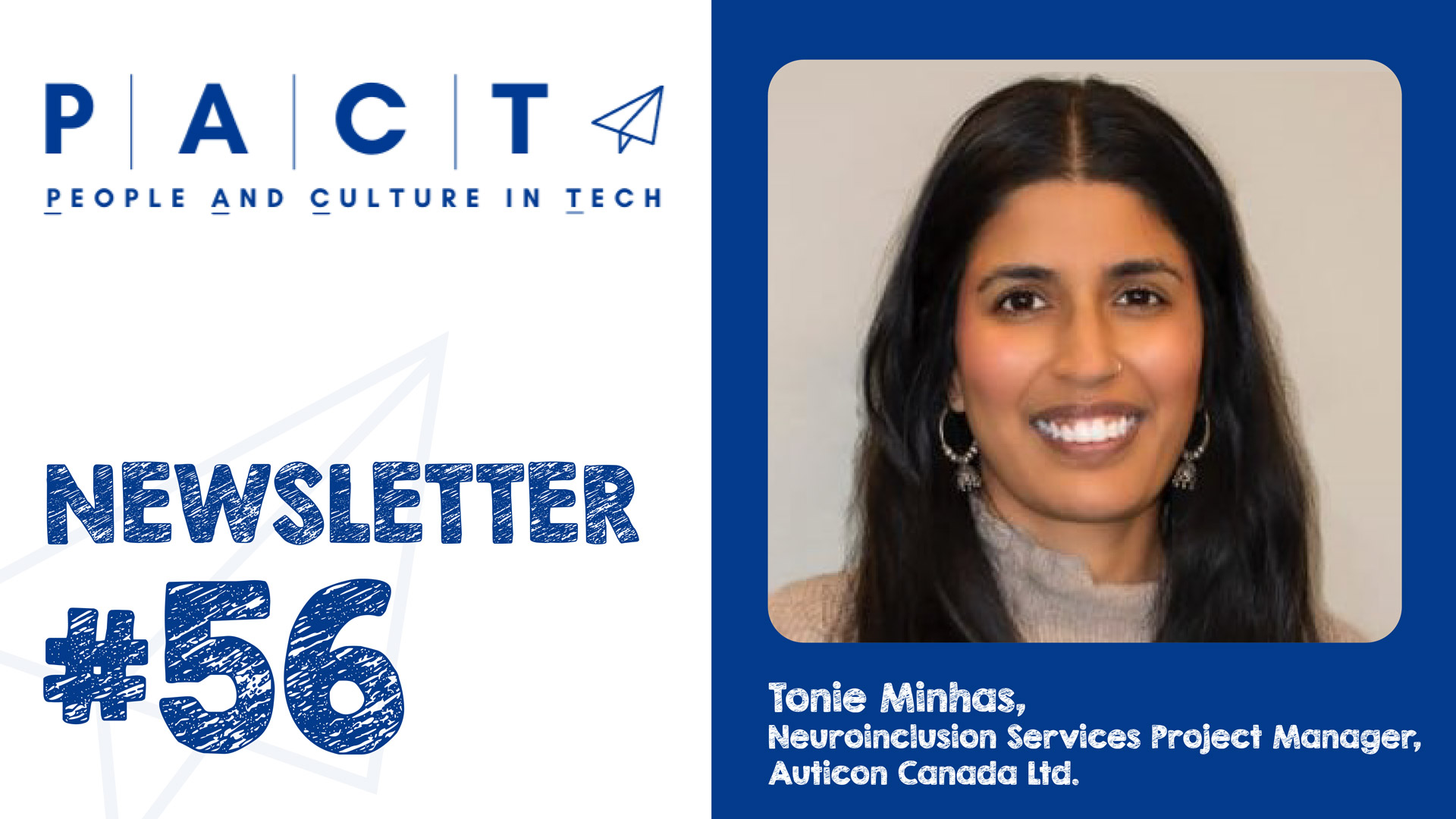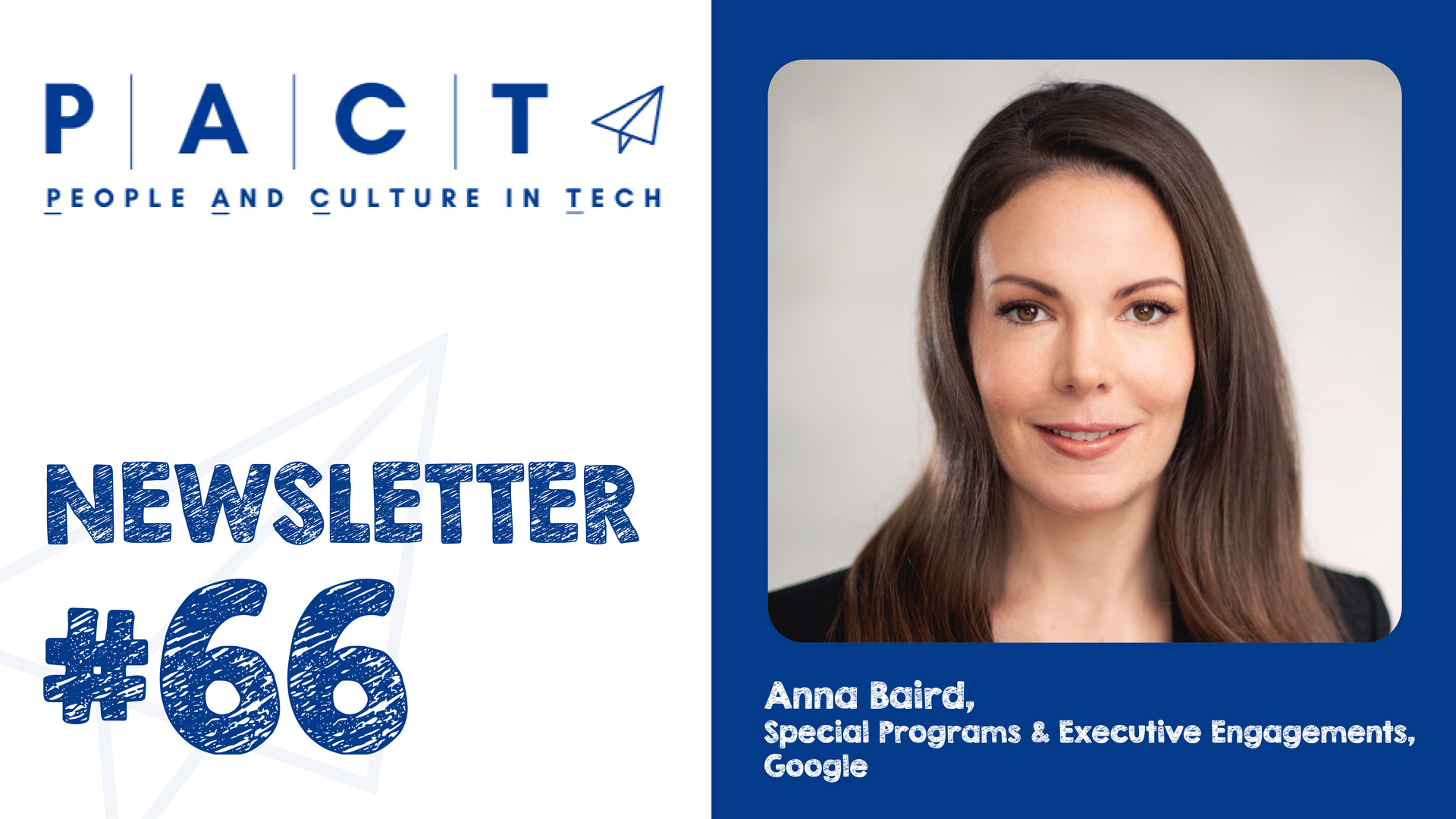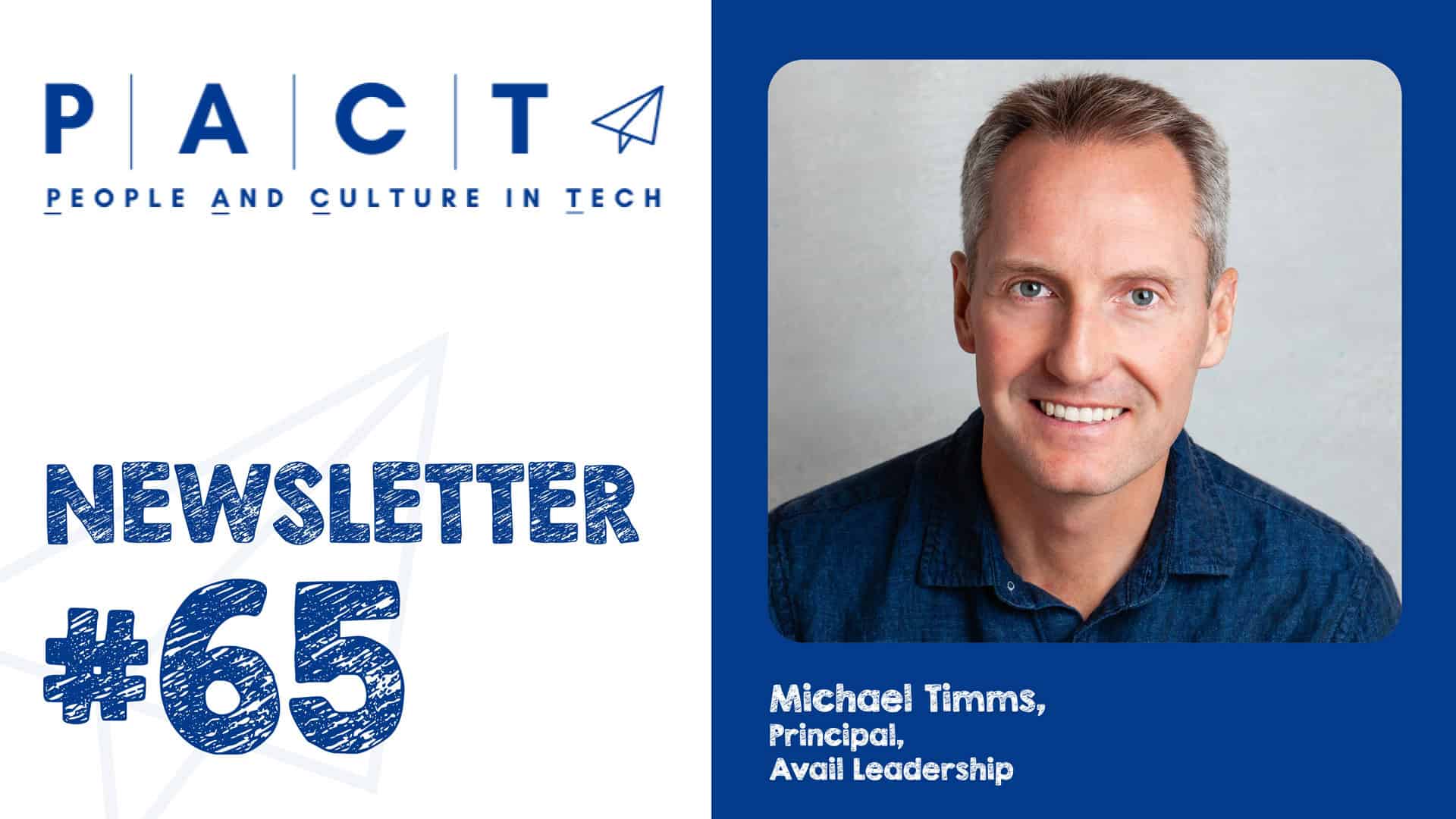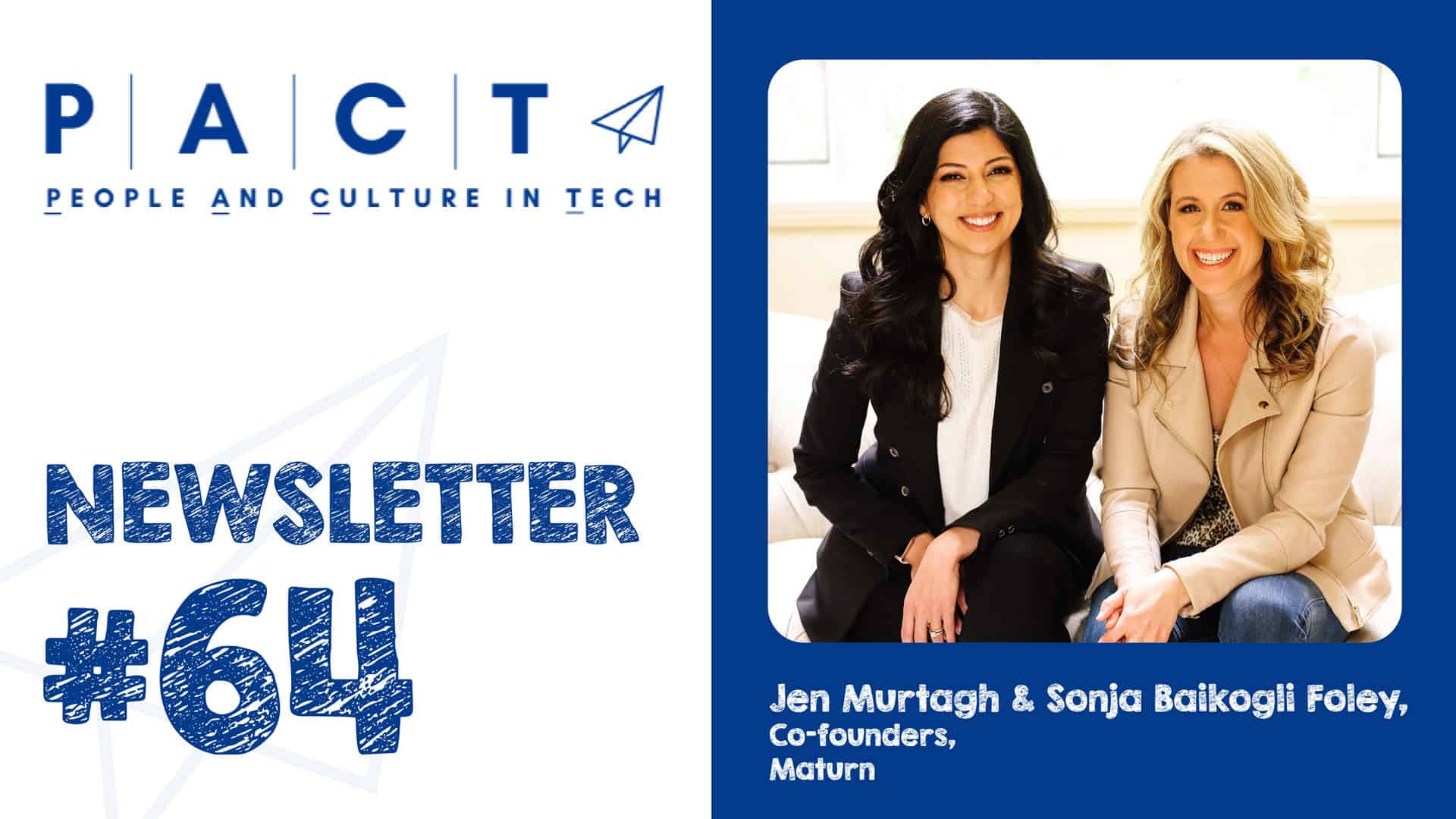Tonie Minhas Shares Core KPIs and Caveats for DEI Success
Jason McRobbie

For Tonie Minhas, Neuroinclusion Services Project Manager with Auticon Canada Ltd., there is a clear business case to be made for DEI, but it can become one that serves everyone when approached through the lens of inclusive design—wherein grudging accommodations become individualized opportunities to fully contribute. Bearing in mind the need for due diligence in addition to data, we sit down to quantify the larger organizational opportunity by exploring four KPIs that drive and define the success of not only DEI efforts these days, but business itself.
Key Takeaways:
- Too many DEI initiatives have good intentions, but poor planning, lacking both quantified baselines and the varied perspectives required.
- Good DEI strategy has become increasingly aligned to good business strategy as it reaches beyond the metrics of recruitment
- Inclusive design and a concerted effort to quantify psychological safety, fair treatment, intersectionality and the fuller experience of the employee lifecycle lies at the heart of solid DEI and smart business.
Despite the recognition of systemic inequalities past and present and attempts to make diversity, equity and inclusion (DEI) part of the business bedrock, organizations continue to struggle with quantifying the impact of their DEI efforts.
While an acknowledged truth, it is not one that deters Tonie Minhas, Neuroinclusion Services Project Manager with Auticon Canada, a global organization that prides itself as the largest employer of autistic individuals and an autistic-majority company.
After all, there is not a wealth of historical data to benchmark against, Tonie points out. Moreover, while well-intentioned, too many DEI efforts are hampered by poor planning and misguided metrics, as they are by traditional mindsets and goalposts.
Fortunately, mindsets have been on the move as of late. From the shared shuttering of the pandemic to the heart-rending headlines that come daily, Tonie sees greater numbers finding their voices—and more leaders eager to listen, learn and act.
Tech Talent North says Waterloo plays a pivotal role in nurturing tech success with 18 % of Canadian tech founders starting at the university. Learn more about the jobs student tech talent can fill in your organization.
“I think that culturally and socially we are moving towards paying greater attention to the experiences of historically marginalized groups, folks who are not always in front of us as part of our day to day lives. Insights are not coming from third party observers anymore, it’s coming from lived experience,” said Tonie. “It helps to think of who’s here and who’s not here during certain conversations. Who’s being considered and who’s not being considered. That becomes an important conversation not only around DEI, but around business success when we’re talking about how we take care of the most valuable resource in any business—our people.”
That realization rang home during the pandemic, but, according to Tonie, continues to resonate.
“Your most valuable resource has always been your people, but that’s become more and more of an established belief. As a result of that, anywhere you have a group of people—whether that is social, business or non-profit—DEI is relevant and important.”
That is at least in part due to the fact that, as many leaders have already discovered, in
a competitive, globalized talent market like Canada’s tech industry, a solid DEI strategy, Tonie, explained, is really a clear business strategy in disguise.
“What I find interesting and something I deeply align with is that we’re sort of shifting to saying that DEI ‘is’ the business case or at least a big part of it,” said Tonie. “What has become even more clear, and maybe the pandemic had something to do with it, is that your business strengths, what makes up your secret sauce, is, again, your people.”
That said, making that secret sauce is more than a matter of gathering the ingredients.
“You can’t measure success or failure if you didn’t measure before. Getting a snapshot of how things are going right now can be terrifying.to take a moment as a company’s leadership to look within,” said Tonie. “But it’s really important to do that or there is no way to evaluate the worth of so much of your DEI time, effort and money. If you don’t know where you are, it’s hard to know where you are going.”
Moreover, Tonie stresses the importance of thinking DEI with a bigger picture in mind.
“There IS work happening, but I think what we are missing is the connectivity. We might be paying attention to the recruitment part, but we need more focus on what happens after that,“ said Tonie. “As a whole, we have tendency to hold onto a lot of traditional processes around hiring, recruiting, promotions—really, the entire employee life cycle—and that needs to change.”
A big part of that change, Tonie explained, comes down to recognizing the intersectionality already in our midst.
“We can look at that from an intersectional perspective. I’m a woman. I’m a South Asian woman. I’m also neurodivergent. So in those three layers, I am an example of lived experience in three spaces,” said Tonie, explaining how existing processes often fail to address the intersectional realities of today’s workplace. “The diversity of racialized talent between the ages of 25 and 50 who are working in Canada today is different from what it was 20-30 years ago. The hiring pool looks incredibly different now and requires something different.”
As Tonie has shared with every Auticon client, a big part of that requires taking an honest, organizational assessment hinged around KPIs that go the heart of DEI impact business success alike. What those clients have learned and gained in return is both a more grounded DEI approach and the means of taking small actions to large effect.
“What’s really interesting is that the organizations we see being successful with their DEI measures are the ones that are really being goal-focused on some of the smaller things,” said Tonie. “For example, implementing a requirement that minutes be taken at every meeting to support anyone on your team’s ability to look back at the notes. It’s not a fancy inclusion strategy that we’re going to be on shouting on the rooftops about, but it IS an inclusion strategy.”
Moreover, despite lacking the flash of more PR-driven, DEI efforts, Tonie drives home the DEI results and ties to core business goals.
“Effective doesn’t have to be flashy. When we get back into those teams three or six months after implementing something as basic as a minute-taking policy, they’re showing more people achieving deliverables and overall communication having improved,” said Tonie. “Things like that on a smaller scale aren’t necessarily being celebrated or touched on, but we are seeing the direct impact of it for the business—as well as our autistic colleague who is working there and is now feeling on top of the world because they know exactly what they are expected to do, and they are able to do it.”
Key to taking any steps though, Tonie cautions, is gaining a firm measure of some specific KPIs with a known DEI and business impact before taking action.
Moreover, Tonie stresses the importance of approaching any measure with caution.
“Data is not objective. Getting that snapshot is not always as surface level or such as quick and easy thing. We’re all human. None of us is one thing, one diagnosis or identity. We all experience the world in a multitude of ways, so there’s a lot more to it than simply asking questions If we are not taking into account how different perspectives might impact how somebody answers those questions,” said Tonie. “Some of the soft things in business are not soft at all and are challenging to measure sometimes, but those are the things that we really recommend that organization think about identifying and quantifying.”
With that in mind, here are four KPIs, Tonie encourages you prioritize:
- Psychological Safety: When it comes to DEI, psychological safety is the baseline and the guiding force behind what we are trying to do. Business is all about collaboration, innovation and moving forward, so to have people feel the safety to bring their ideas forward is only a strength.
It’s important to remember though that it means something different for every person. My psychological safety is going to be different from the CEO of a multinational corporation. It’s entirely situation dependent, people dependent and a matter of who you are.
Just at work, we can bring the impact of psychological safety down to a team’s performance and how comfortable any member of that team can feel saying they disagree or have another idea to be considered. It comes down to being able to say, ‘Hey, I need help’ or ‘Hey, can I help?’” - Fair Treatment: Again, this can be challenging to assess and requires a thoughtful look at every level of leadership and the different layers within a business. There is an intentional effort required by leadership to be aware of what fair treatment means.
Is everyone getting fair access? Is everyone getting equal opportunity to participate and contribute. Like equality and equity, it can mean different things in different scenarios and requires a conscious level of nuance and attention to the individual—there is no one size fits all.
When people do feel fairly treated and can be themselves, then they can relay their expertise and take up their own space in that conversation and know that their contributions play a big role in things too. - Intersectionality: This comes down to applying an inclusive design approach that considers everyone on your team and focuses on the environment for opportunities of inclusion. That’s what brings to light the realities that can only be seen when we look at things from an intersectional focus. I think that empowers us to step back and look at all these different factors.
That’s where the intersectionality really applies. Truly acknowledging that people are different and are going to have different approaches to working effectively, we need to think beyond these silos. This allows us to think about the work environment differently and create solutions that also serve as tools of inclusion. - Employee Lifecycle Experience: When we focus on recruitment numbers—and that has been the DEI trend for some time now around recruitment—what we’re often missing is what follows, particularly retention and promotion. From attraction to recruitment to onboarding, development, retention and succession, we need to expand the reach of what we measure in terms of the full employee lifecycle.
For Tonie, the four KPIs above—with an emphasis on inclusive design solutions— lay not only the quantifiable foundations for effective DEI, but provide a quantum leap forward for people-first business rationale.
“With our DEI work at Auticon, we really lean into inclusive design, because it truly is inclusive of everyone. That said, it’s almost a complete reframe from how some leaders have been looking at inclusion because it’s no longer about accommodating but creating an environment where everyone can succeed, achieve their performance goals and not get burned out or left out,” said Tonie. “When we’re looking at it from an inclusive design perspective, it really enables us to take a more holistic view and look at things as opportunities for productive inclusion rather than required accommodations.”
Regardless of the metrics in your mix, Tonie stresses the importance of a nuanced approach that brings the greater wealth of perspectives into the mix as therein lies the true ROI both within and beyond measure.
BACK








